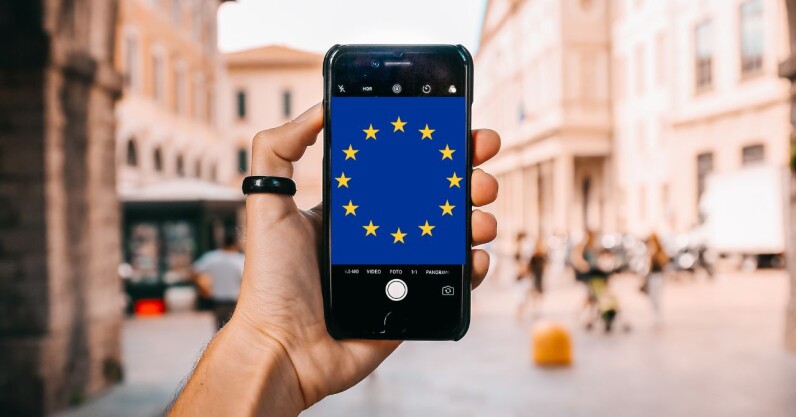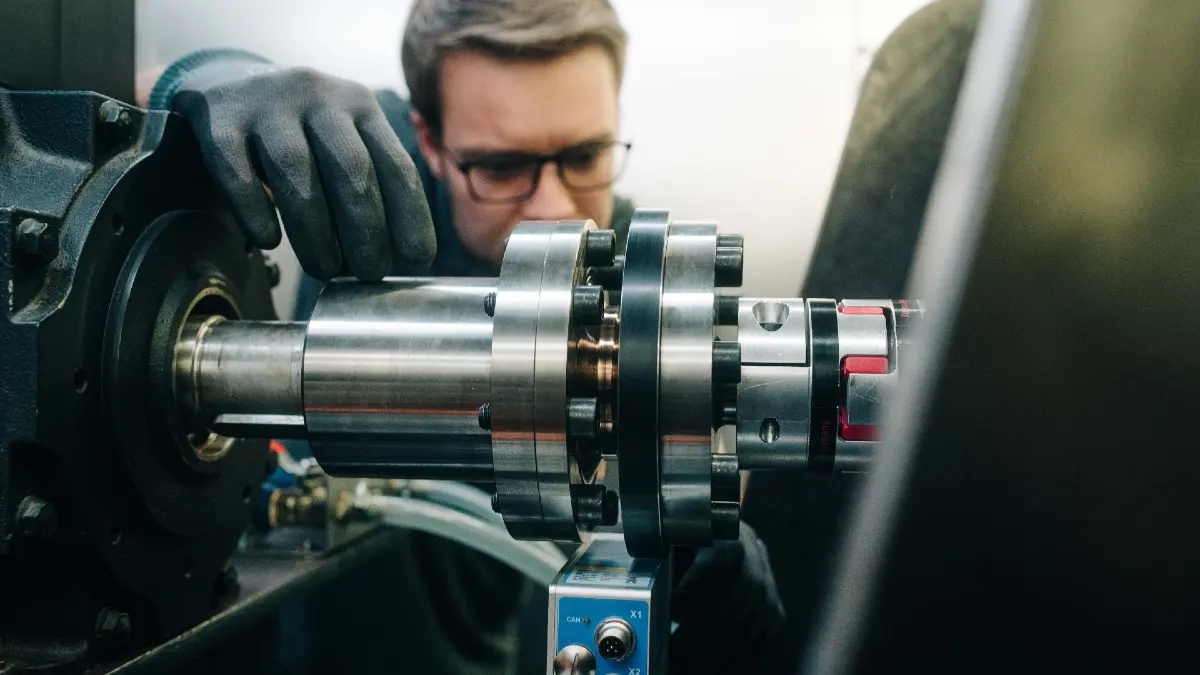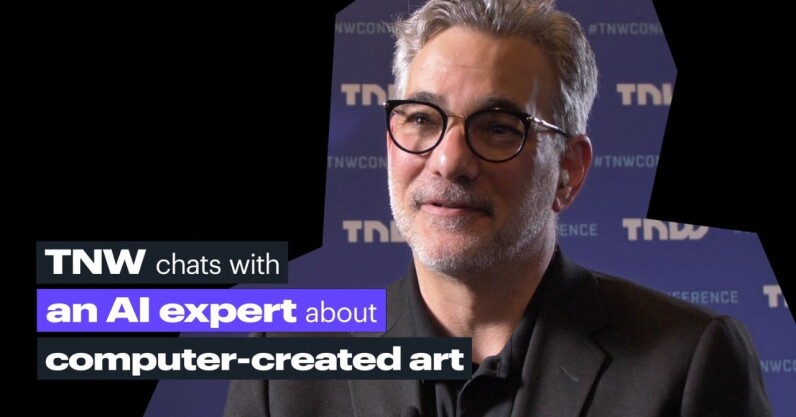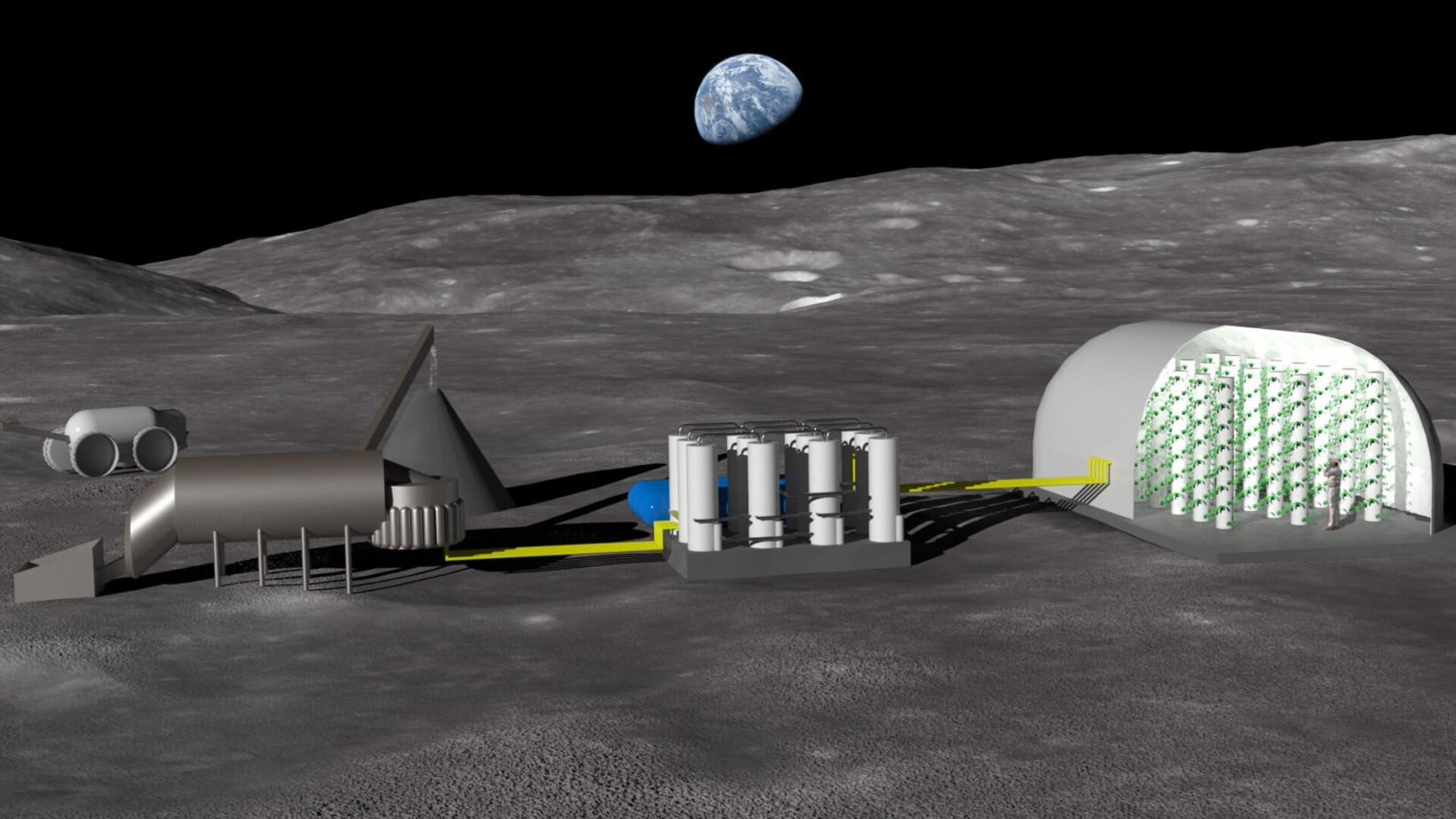Why a European mobile operating system can’t challenge Android and iOS
Recently, we asked if it was possible for Europe to have a dominant smartphone again. The answer was simple: no, not unless there’s some sort of miracle.
The reason behind this is multifaceted, but the core point is that because Asia hosts the majority of the world’s mobile manufacturing facilities, it’s borderline impossible for European companies to create a good enough phone at a low enough price to succeed.
But, here at TNW, we had another question: could Europe launch its own mobile operating system?
Why do we need a European mobile OS?
On first inspection, it’s an excellent idea. A European operating system could wrestle some of the power back from Silicon Valley behemoths iOS and Android. Also, it wouldn’t require the use of factories or raw materials, as the software could be developed in the continent itself.
Then let’s not forget that Europe has been at the forefront of digital privacy regulation, with initiatives like the GDPR and strict data-scraping laws enforcing citizens’ rights against data-hungry US tech giants.
A European mobile operating system, then, could be used to ensure privacy at the highest level for people and extend an element of control over the tech ecosystem. That latter point is particularly important, because not only do Apple and Google have control over the apps that appear on their platforms, they also take huge revenue cuts from publishers. That’s a staggering amount of power and income — all of which the EU could make use of.
But… is a European OS even possible?
To find out, I got in touch with several experts. One of them was Jan Stryjak, an associate director at Counterpoint Research. He leads the analyst firm’s research in Europe, and has over 13 years of experience in the telecommunications, media, and tech industries.
The first thing he told me was that there was no space on the market for a new European — or any other, for that matter — mobile operating system. “Two is enough,” he says, referring to iOS and Android. There were attempts in the past to make Windows a third dominant mobile OS, but these failed. While Windows Mobile and Symbian had their days in the sun, Android and iOS edged both out.
“It doesn’t work,” Stryjak tells me about the possibility of another operating system joining Apple and Google’s mobile operating systems. Well, there goes that dream.
When I pressed Stryjak further on the chances for such a thing, the only potential he saw was something for “the really niche tech population who care about privacy.”
Let’s talk about the third option
This topic of privacy is something I discussed with Wayne Huang, VP of Product Operations at Fairphone. His company creates devices that aim to be sustainable and climate neutral, with the goal of making repairable devices that give power back to the consumer.
One of Fairphone’s core customer segments is precisely the tech niche that cares about privacy. When I asked him how this option was expressed on their devices, Huang pointed me towards Fairphone’s partnership with the /e/ Foundation, specifically its Linux-based /e/OS mobile operating system.

Users of Fairphone are able to install the privacy-first /e/OS, which is an open-source operating system that doesn’t track user data. Despite this, Android apps can still be used on the platform and /e/OS will warn you about any built-in trackers they provide.
Huang was unable to give me numbers on how many people use /e/OS on Fairphone devices. The closest figure I found came from Gaël Duval, the creator of the system. In 2021, he claimed there are “between 25,000 and 35,000 users of /e/OS” in total.
For context, there are over a billion iOS users — and that doesn’t include other Apple operating systems.
What we’ve found, then, is a pretty hard ceiling for a privacy-focused mobile OS. Currently, this is a niche option for niche devices. Yes, it could potentially grow and attract a healthy number of users, but this approach is unlikely to challenge the dominance of Android and iOS.
Instead, as Stryjak explained to me, at best, a new OS on mobile devices will likely be similar to Linux on desktop computers: something that attracts a devoted fanbase, but fails to make it into the mainstream.
Ending things there though is boring. We need to run this thought experiment through to its logical conclusion and truly work out what would happen if Europe developed its own mobile operating system.
Time to pretend
Let’s say that several EU member states disregard the above. They think the experts are misguided: there is room for a third major mobile operating system and they should be the ones to make it. What happens then?
Well, one thing’s for certain: it won’t be plain sailing.
“I’ve been on a number of calls with European Commissioners… where they’ve brought up a Linux system and asked if they can create something like this,” Huang tells TNW. “The challenge is that it’s difficult to bring everyone together to work towards this goal.”
Let’s not forget that the EU consists of 27 individual nations, all with different cultures and agendas. Getting countries that are more sceptical about big government and censorship on board with a European operating system will be a hard sell.
Yes, one could argue that it’d help promote the bloc’s focus on digital privacy and holding tech giants to account, but it’s not as if the EU is struggling to make an impact as it is.
But let’s pretend that, somehow, the EU manages to get each nation to agree that a European mobile operating system is actually a fantastic idea. The topic leapfrogs the invasion of Ukraine, sustainability, gas prices, and inflation to become the pressing matter in the European parliament. What then?
The technical tribulations
Stryjak from Counterpoint tells TNW that the first big problem a European mobile operating system would face is how it would isolate the continent from the rest of the planet.
“The world is getting bigger, but closer at the same time,” he tells TNW. For almost every function in modern society, “you need to have interoperability within Europe and other markets.” In other words, software needs to work with other software, or things come tumbling down.

If a European mobile OS was created, it’d require an unbelievable amount of work to make it function with existing apps and functionalities across the world.
Let’s think of it this way: would you switch to a phone that didn’t have a native Gmail app? Or Twitter? TikTok? Instagram? It would take an inordinate amount of time just for those companies to port over their software — and they’re some of the best-resourced organisations in the world.
Imagine how long it’d take for smaller businesses to port over all the apps you may need for work or life. It’d be an undertaking of galactic proportions.
Achieving the “same functionality of Samsung and Apple [phones] would take many iterations to get to,” Stryjak continues. And honestly? People aren’t willing to wait that long for software to get good. They want it to work and they want it to work now.
And then we have the political problems
Continuing on this thought experiment, let’s say this magical European mobile OS manages to overcome these development hurdles, and gets every engineer and coder alive to focus on making their software and hardware work perfectly with this new system. What then?
“If there’s a Europe-specific OS, can it operate in Russia or China?” Stryjak asks. The focus of this system would likely be enforcing GDPR and digital privacy, so could it operate in places where those regulations aren’t as stringent?
The answer, likely, is no.
You only need to look at the privacy uproar around HarmonyOS and Huawei’s tribulations with the US to get a feeling for how countries outside of Europe would react to a state-backed operating system. In short, badly.
If the EU somehow managed to get its member states to agree to create a mobile operating system, the likelihood is that it’d end up under-supported, struggling for users, and banned in various countries across the world.
To put that another way, it’d be pretty useless.
But is there any need for a European mobile OS?
Circling back to the crux of the piece, the answer is similar to hardware: no, not really.
The EU has been one of the biggest drivers in the digital privacy push and, although it could do even more if it had control over its own OS, the reality is that it’s already had a huge impact on technological privacy. As long as the bloc contains such a huge and affluent user base, it will continue to hold some sort of sway over Silicon Valley.
In a dream world, a European mobile operating system could improve a lot of things, but in reality? Pointless.
Why a European mobile operating system can’t challenge Android and iOS Read More »











